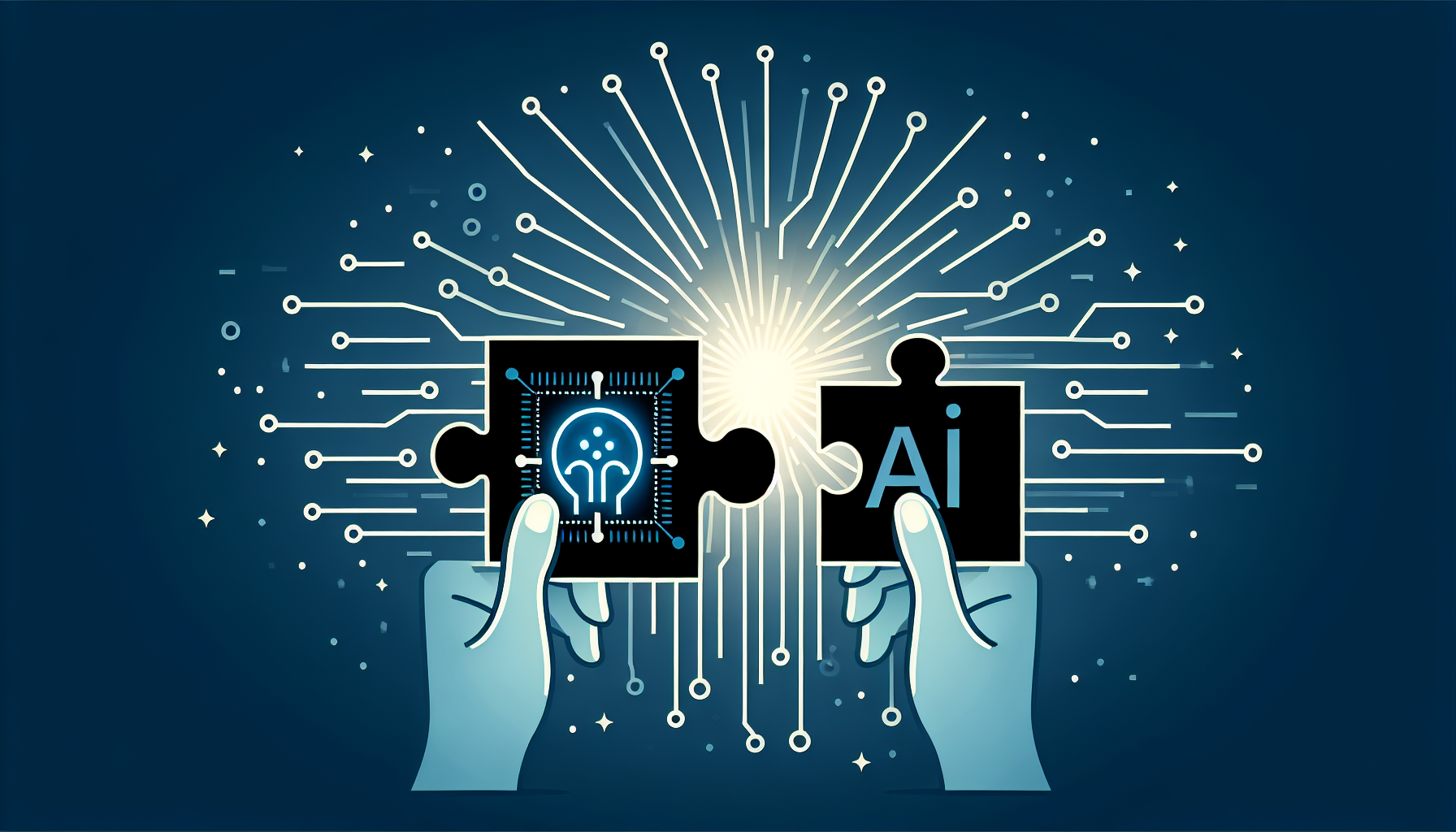Unlocking the Potential of AI: A Blueprint for Transformation
Understanding the AI Landscape
Artificial Intelligence (AI) has gained traction as one of the most transformative forces in contemporary society. From machine learning and natural language processing to robotics and data analytics, the applications of AI continue to permeate various sectors, including healthcare, finance, manufacturing, and customer service. The AI landscape encompasses several components:
- Machine Learning (ML): Algorithms that allow systems to learn from data and improve over time without human intervention.
- Deep Learning: A subset of ML that mimics the human brain’s function through artificial neural networks, enabling more complex tasks like image and voice recognition.
- Natural Language Processing (NLP): The ability of machines to understand and interpret human language, crucial for chatbots and virtual assistants.
- Robotics: The integration of AI into robotic systems to enhance their autonomy, flexibility, and intelligence.
Identifying AI Opportunities
Organizations seeking to embrace AI must first identify specific areas with potential for transformation. Key opportunities include:
- Automation of Routine Tasks: AI can streamline repetitive tasks, free up employee time for more strategic functions, and enhance operational efficiency.
- Enhanced Decision-Making: By analyzing vast amounts of data quickly, AI can provide deeper insights that support more informed decision-making.
- Personalized Customer Experiences: AI algorithms can analyze customer data, enabling businesses to tailor offerings and interactions to individual preferences.
- Predictive Maintenance: In manufacturing, AI can forecast equipment failures, reducing downtime and saving costs through predictive maintenance.
Building a Robust AI Strategy
A comprehensive AI strategy serves as a blueprint for transformation. An effective strategy should encompass:
1. Vision and Objectives
Start with a clear vision that aligns AI initiatives with your organization’s goals. Establish specific, measurable objectives to guide the development and integration of AI technologies.
2. Stakeholder Engagement
Engaging key stakeholders early in the process fosters collaboration and buy-in. This includes IT teams, department heads, and front-line employees who will interact with AI systems.
3. Data Strategy
AI thrives on data, making a robust data strategy essential. Organizations need to:
- Collect: Ensure that data collection processes are in place to acquire high-quality, relevant datasets.
- Clean: Implement systems to continuously cleanse and validate data to maintain accuracy.
- Secure: Prioritize data security and compliance with regulations to protect sensitive information.
4. Talent Acquisition and Development
AI requires specialized skill sets. Organizations should focus on hiring data scientists, AI engineers, and specialists in machine learning and data analytics. Providing training opportunities for existing staff to upskill can also nurture a culture of innovation.
5. Technology Infrastructure
Investing in the right technology infrastructure is vital. This includes cloud computing resources, AI platforms, and advanced analytics tools. An agile infrastructure can enable quicker adaptation to changing AI advancements.
6. Pilot Projects
Launching pilot projects allows organizations to test AI applications on a smaller scale before full deployment. Assessing pilot outcomes enables fine-tuning and builds a repository of success stories to advocate for broader AI integration.
Implementing AI Solutions
Successful implementation of AI solutions requires a systematic approach:
1. Define Use Cases
Clearly define use cases that align with organizational goals. For example, a retail business may utilize AI for inventory optimization, while a financial institution might focus on fraud detection.
2. Develop Algorithms
Collaborate with data scientists and AI experts to develop and refine algorithms tailored to the specific use cases. This may involve iterative testing and modification based on performance.
3. Integrate Systems
Seamlessly integrating AI systems with existing workflows is crucial. Ensure compatibility between AI tools and legacy systems to minimize disruptions during implementation.
4. Monitor Performance
After deployment, continuously monitor AI performance. Track key performance indicators (KPIs) to evaluate whether AI applications meet their designated objectives.
5. Gather Feedback
Collect feedback from users regularly. Understanding user experiences can provide critical insights into necessary adjustments and enhancements.
Overcoming Challenges
Navigating the implementation of AI is not without challenges. Key obstacles include:
- Data Privacy Concerns: Organizations must prioritize data ethics and ensure compliance with regulations like GDPR.
- Resistance to Change: Employees may resist adopting AI technologies due to fears of job displacement. Transparent communication about AI’s role in augmenting human efforts can mitigate this.
- Skill Shortages: The shortage of skilled AI professionals poses a barrier. Organizations can address this by partnering with educational institutions to foster talent development.
Harnessing AI for Innovation
Innovation driven by AI involves staying ahead of trends and leveraging capabilities for continuous improvement. Consider the following approaches:
- Collaborative AI: Encourage cross-functional collaboration to explore new AI opportunities and foster an innovative culture within the organization.
- Open Innovation: Engage with startups and research institutions to access fresh ideas and cutting-edge AI technologies.
- AI Ethics and Responsibility: Develop ethical guidelines for AI usage to maintain trust among stakeholders and ensure responsible AI deployment.
Measuring Success
To gauge the impact of AI initiatives, establish a framework for measuring success. This includes:
- Usage Metrics: Analyze how frequently AI solutions are utilized within the organization.
- Return on Investment (ROI): Assess the financial impact of AI deployments, comparing costs against benefits realized.
- Employee Satisfaction: Measure employee satisfaction with AI tools and their perceived value in enhancing work productivity.
Continuous Learning and Adaptation
The AI landscape is ever-evolving, necessitating continuous learning and adaptation. Organizations should stay informed of emerging technologies and trends to remain competitive. Regularly revisiting AI strategies, refining objectives, and deploying updated algorithms can ensure long-lasting success.
In closing, the path to unlocking the potential of AI is paved with careful planning, strategic investment, and a willingness to embrace change. As organizations navigate this transformative journey, the insights gained will not just fuel growth but also establish a foundation for sustainable innovation in the years to come.


